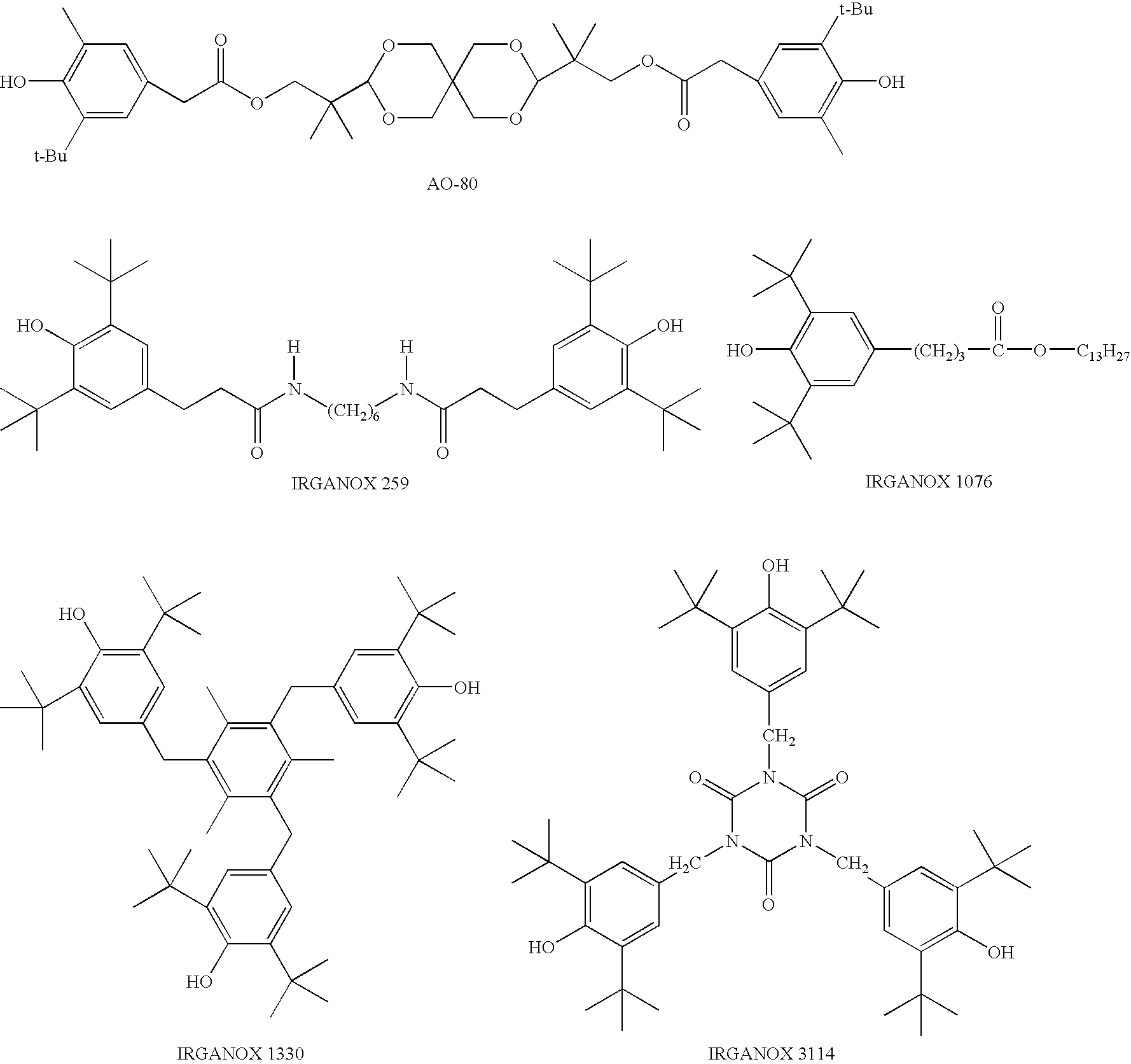Room temperature curable organopolysiloxane composition
a technology of organopolysiloxane and composition, which is applied in the field of room temperature curable organopolysiloxane composition, can solve the problems of loss of curability and adversely affecting the final sealing property, and achieve excellent oil resistance, excellent heat resistance, and excellent sealing properties
- Summary
- Abstract
- Description
- Claims
- Application Information
AI Technical Summary
Benefits of technology
Problems solved by technology
Method used
Image
Examples
example 1
[0038]100 parts by weight of a dimethylpolysiloxane endcapped at both ends of the molecular chain with hydroxy group having a viscosity of 50,000 mPa·s, 100 parts by weight of zinc oxide, 10 parts by weight of fumed silica having a specific surface area of 150 m2 / g surface treated with dimethyldichlorosilane, 10 parts by weight of vinyl tris methyl ethyl ketoxime silane, 0.1 parts by weight of dibutyltin dilaurate, 2 parts by weight of γ-aminopropyltriethoxysilane, and 0.25 parts by weight of Adekastab AO-80 (hindered phenol type; molecular weight, 521) were mixed to homogeneity to prepare Composition 1.
example 2
[0039]100 parts by weight of a dimethylpolysiloxane endcapped at both ends of the molecular chain with hydroxy group having a viscosity of 50,000 mPa·s, 100 parts by weight of zinc oxide, 10 parts by weight of fumed silica having a specific surface area of 150 m2 / g surface treated with dimethyldichlorosilane, 10 parts by weight of vinyl tris methyl ethyl ketoxime silane, 0.1 parts by weight of dibutyltin dilaurate, 2 parts by weight of γ-aminopropyltriethoxysilane, and 0.25 parts by weight of Irganox 3114 (hindered phenol type; molecular weight, 784) were mixed to homogeneity to prepare Composition 2.
example 3
[0040]100 parts by weight of a dimethylpolysiloxane endcapped at both ends of the molecular chain with hydroxy group having a viscosity of 50,000 mPa·s, 100 parts by weight of zinc oxide, 10 parts by weight of fumed silica having a specific surface area of 150 m2 / g surface treated with dimethyldichlorosilane, 10 parts by weight of vinyl tris methyl ethyl ketoxime silane, 0.1 parts by weight of dibutyltin dilaurate, 2 parts by weight of γ-aminopropyltriethoxysilane, and 0.25 parts by weight of Irganox 1330 (hindered phenol type; molecular weight, 774) were mixed to homogeneity to prepare Composition 3.
PUM
| Property | Measurement | Unit |
|---|---|---|
| temperature | aaaaa | aaaaa |
| weight | aaaaa | aaaaa |
| oil resistance | aaaaa | aaaaa |
Abstract
Description
Claims
Application Information
 Login to View More
Login to View More - R&D
- Intellectual Property
- Life Sciences
- Materials
- Tech Scout
- Unparalleled Data Quality
- Higher Quality Content
- 60% Fewer Hallucinations
Browse by: Latest US Patents, China's latest patents, Technical Efficacy Thesaurus, Application Domain, Technology Topic, Popular Technical Reports.
© 2025 PatSnap. All rights reserved.Legal|Privacy policy|Modern Slavery Act Transparency Statement|Sitemap|About US| Contact US: help@patsnap.com

